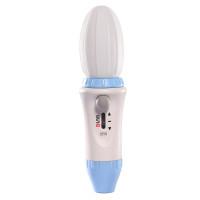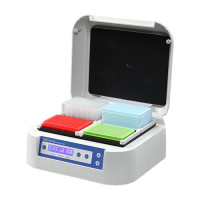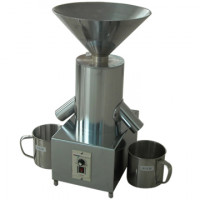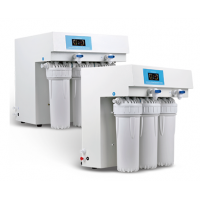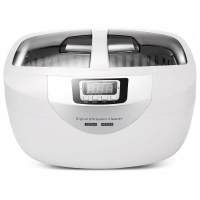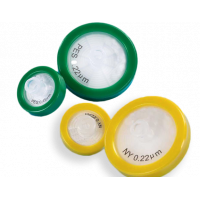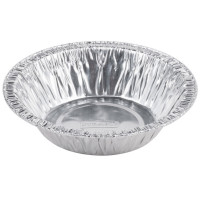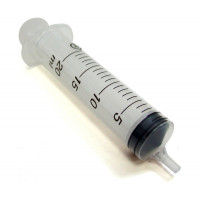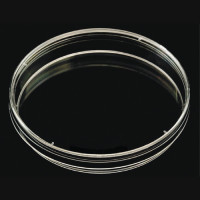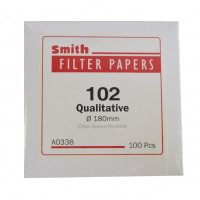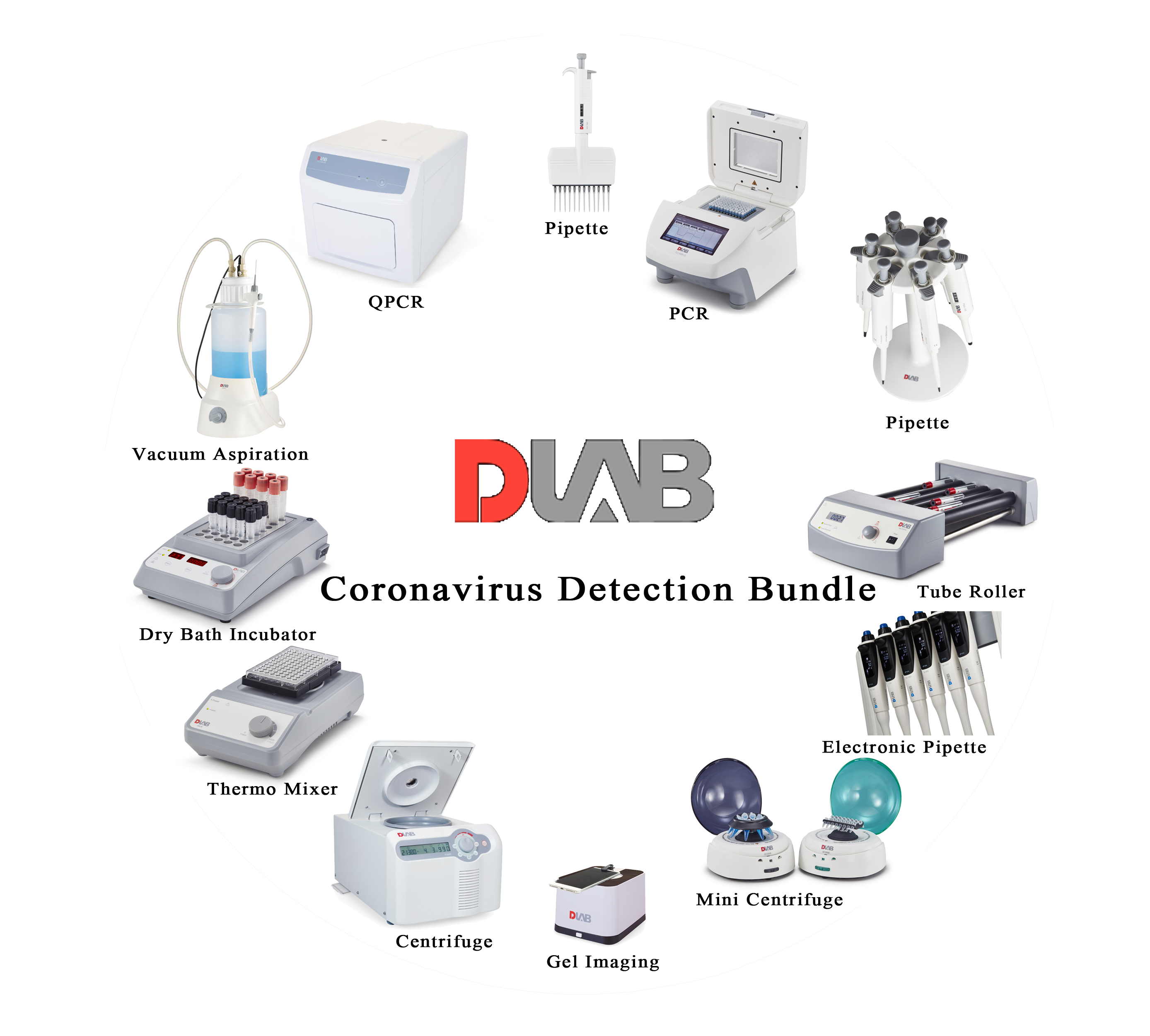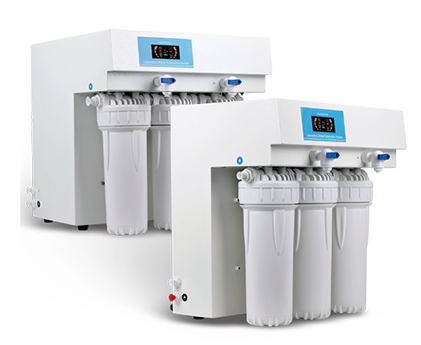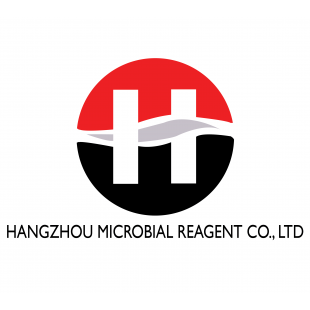Ask Question About Product
Description:
XLD Agar was formulated by Taylor (1-5) for the isolation and differentiation of enteric pathogens in cluding Salmonella Typhi from other Salmonella species. performance of the medium. XLD Agar has been recommended for the identification of Enterobacteriaceae (7) and for the microbiological testing of foods, water and dairy products (8 -12). XLD Agar exhibi ts increased selectivity and sensitivity as compared to other plating media e.g. SS Agar (M108), EMB Agar (M022) and Bismuth Sulphite Agar (M027) (2, 4, 6, and 13-16). The media formulation does not allow the overgrowth of other organisms over Salmonella and Shigella (17). Samples suspected of containing enteric pathogens, along with other mixed flora, are initially enriched in Modified Semisolid RV Medium Base (M1482) (18).
The medium contains yeast extract, which provides nitrogen and vitamins required fo r growth. Though the sugars xylose, lactose and sucrose provide sources of fermentable carbohydrates, xylose is mainly incorporated into the medium since it is not fermented by Shigellae but practically by all enterics. This helps in the differentiation of Shigella species. Sodium chloride maintains the osmotic balance of the medium. Lysine is included to differentiate the Salmonella group from the non-pathogens. Salmonellae rapidly ferment xylose and exhaust the supply. Subsequently lysine is decarboxylated by the enzyme lysine decarboxylase to form amines with reversion to an alkaline pH that mimics the Shigella reaction. However, to prevent this reaction by lysine -positive coliforms, lactose and sucrose are added to produce acid in excess. Degradation of xylose, lactose and sucrose to acid causes phenol red indicator to change its colour to yellow. Bacteria that decarboxylate lysine to cadaverine can be recognized by the appearance of a red colouration around the colonies due to an increase in pH.
These reactions can proceed simultaneously or successively, and this may cause the pH indicator to exhibit various shades of colour or it may change its colour from yellow to red on prolonged incubation. To add to the differentiating ability of the formulation, an H2S indicator system, consisting of sodium thiosulphate and ferric ammonium citrate, is included for the visualization of hydrogen sulphide produced, resulting in the formation of colonies with HiMedia Laboratories Technical Data Please refer disclaimer Overleaf. black centers. The non-pathogenic H2S producers do not decarboxylase lysine; therefore, the acid reaction produced by them prevents the blackening of the colonies (1). XLD Agar is both selective and differential medium. It utilizes sodium deoxycholate as the selective agent and therefore it is inhibitory to gram-positive microorganisms. Some Proteus strains may give red to yellow colouration with most colonies developing black centers, giving rise to false positive reactions. Non-enterics like Pseudomonas and Providencia may exhibit red colonies. S. Paratyphi A, S.Choleraesuis, S. Pullorum and S. Gallinarum may form red colonies without H2S, thus resembling Shigella species (19).
Specification:
100g

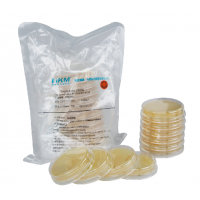
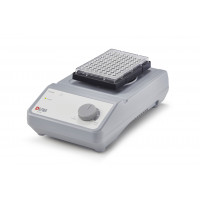
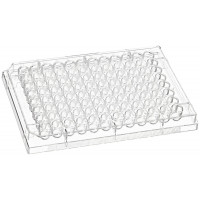
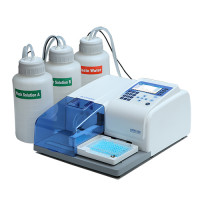
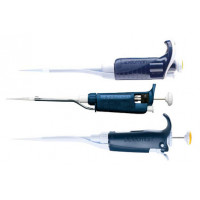
-200x200.jpg)
